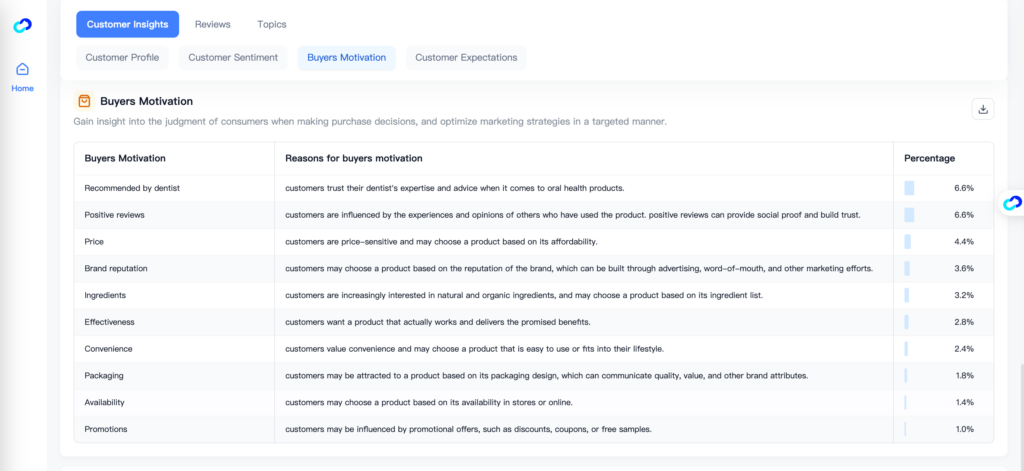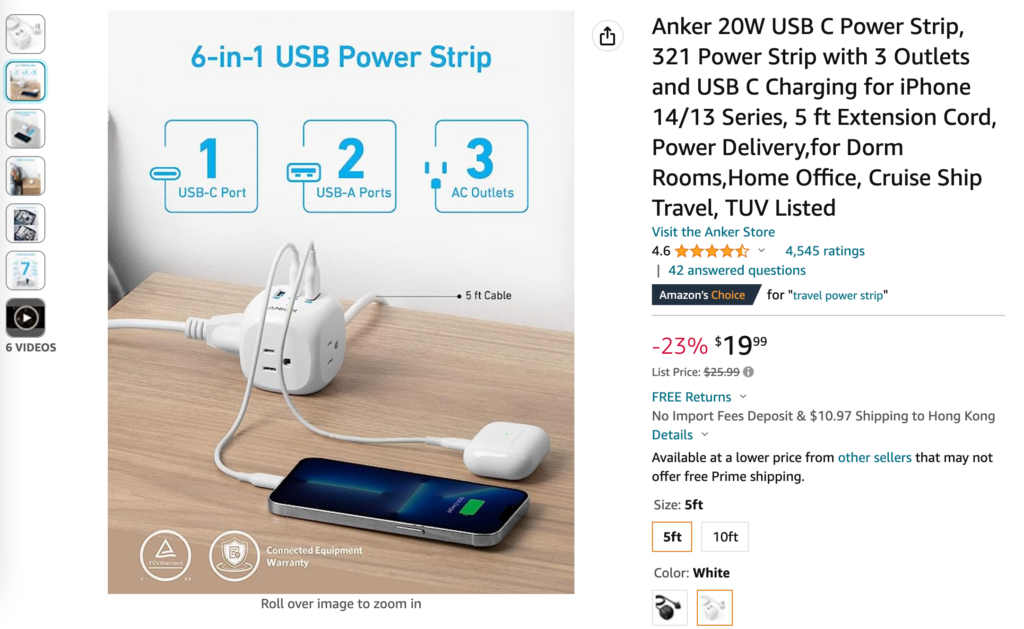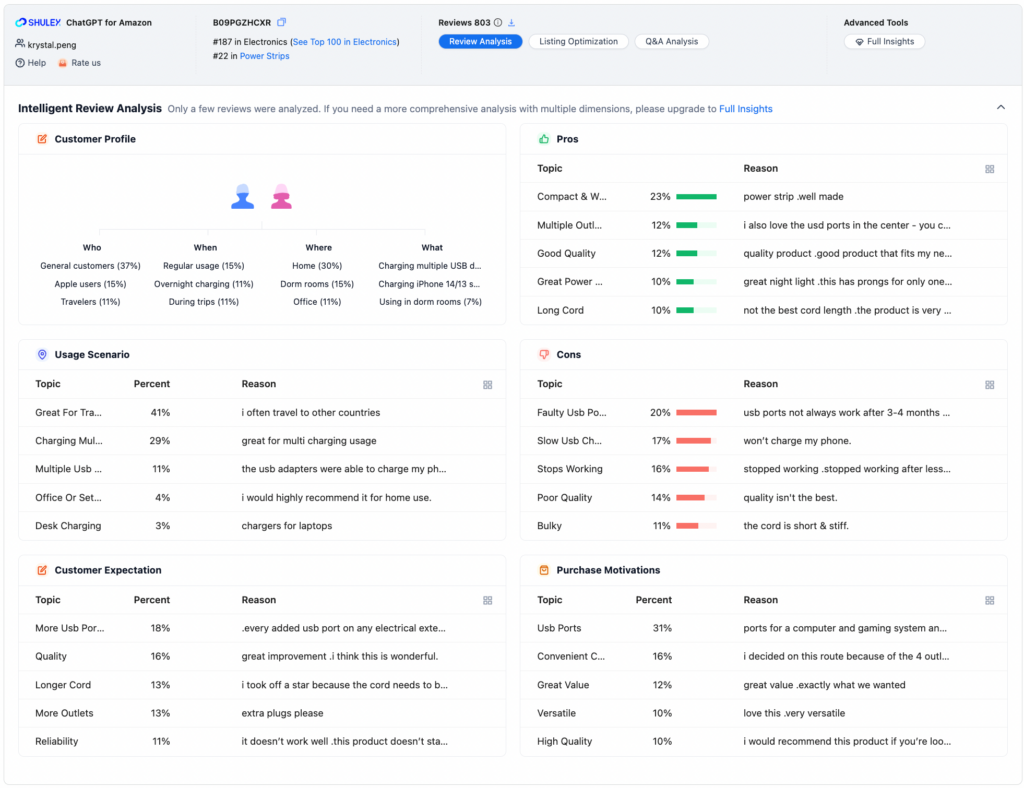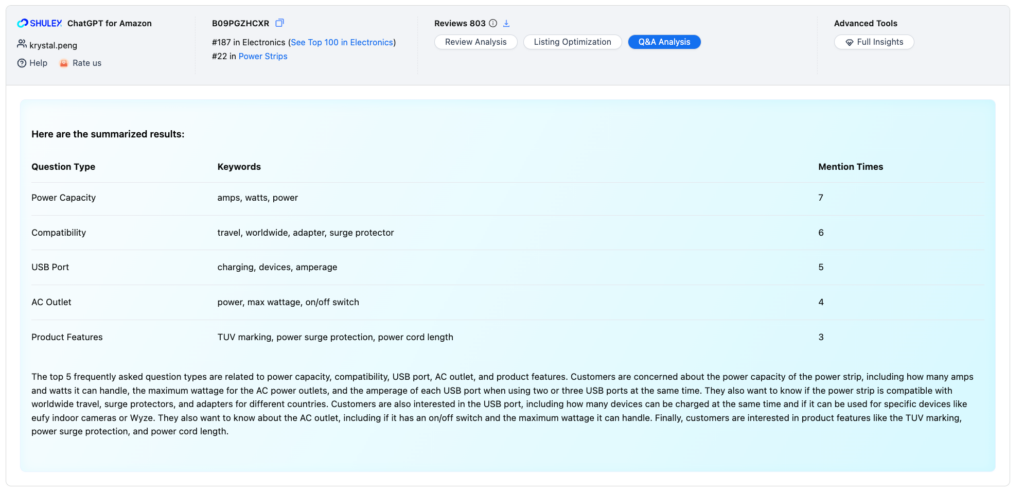Amazon has officially announced and started previewing Prime Day: it will take place worldwide from July 11 to 12. The event will cover 25 countries. During this phase, station traffic began to climb.
Experienced sellers will do two things at this time, one is the traffic sprint, the second is to do the final security audit and the big promotion preview. Prime day before the start of the preparation, you can refer to Super detailed! Full checklist for Amazon Prime Day 2023!, The brief overview is as follows:
- Security audit: Self-check and exclude all risks of violation in the store, especially the risk of product infringement.
- Listing maintenance: For the listings that have applied for activities, check the activity status daily, check whether the promotion price and inventory are appropriate, and avoid active merging/splitting variants when optimizing listings.
- Watch out for vicious competition: Consciously monitor competitor activities. For low price follow sales and malicious reporting, you need to reprice in time and prepare complaint materials in advance.
- Pre-event for the promotion: Larger sellers can consider a pre-event for the promotion to clarify the responsibilities of each team, familiarize themselves with the process and respond to various emergencies for the record.
Prime Day is a necessary hurdle for every Amazon seller, and only those who have experienced it know the pitfalls. The above points are extracted from the personal experience of a number of sellers, you can selectively apply. The following will reveal in detail how to play prime day traffic.
The first opportunity, that is, business opportunities.
According to TINUITI research, 51% of respondents who plan to shop during Prime Day begin researching products a week before Prime Day, compared to 19% of consumers who say they begin browsing products on Prime Day.
From motivation to actual purchase, consumers go through the stages of "search for product - compare information - add to cart - actually buy". The above data tells us that 51% of customers are already halfway through the purchase path before Prime Day begins.
Therefore, to seize the marketing opportunity 2-3 weeks before Prime Day is like seizing the business opportunity.
Most of the successful pop-up sellers said that, based on the experience of previous periods, traffic slowly began to climb before Prime Day. In order to burst a single in Prime Day, you must keep the product in the first page of the optimal display position before the event date.
Some sellers also point out that advertising peak-season products in advance, participating in pre-event activities, and advancing the start of coupons can also increase the chances of multiple exposures and pre-empt a base impression for consumers.
In addition to in-station advertising, social media and independent sites are considered to be another key channel to get a head start.
A seller said that in last year's Prime Day campaign, he did an A/B test where one brand only did onsite advertising and the other brand used a very wide variety of offsite traffic generators, including publishing exclusive codes on official accounts and websites, scraping traffic from hot trends on social media, finding cooperative media measurement and so on. The end result is that the brand that did the off-site traffic has significantly better results.
In addition to the traffic effect, for brand sellers and independent site sellers, directing customers to Amazon to buy from specific off-site channels can strengthen their impression of the brand.
At the same time, the combination of in-site and off-site marketing approach also facilitates brand sellers to take personalized marketing placement strategies for different target groups, such as separate for regular customers for multiple rounds of email marketing, etc.
The last point, the effect data obtained in advance is also the best reference for Prime Day strategy.
Experience shows that the advertising data of the event month will be different from the usual, and the advertising cost of the event day is N times of the weekdays. Those products that are more competitive may also experience a spike in CPC or a plunge in placement results.
Many sellers said that they would test different title keywords and alignment order, product description copy before the event. On the one hand, screen the words with too low clicks, adjust down the bidding budget for keywords with too low ACOS, and focus on keywords with high exposure, high clicks and high conversion; on the other hand, adjust the budget in advance to ensure that the ads can continue to be online throughout the peak season.
Finally,recommend using third-party software such as Shulex VOC to analyze Amazon reviews, analyze users' purchase motives with one click, understand in advance why users buy products, and layout product marketing strategies in advance.
The analysis of Top 50 of Power Dental Flossers users' buying motives are as follows:

low-cost marketing to do the target
As we all know, Prime Day without advertising, doubling is difficult. But after the past 2 or 3 years of tossing and turning, not every seller's pocketbook can afford the cost of advertising on Prime Day.
According to statistics, total ad spending during Prime Day 2022 increased by 30.8% compared to 2021, and ACoS increased by 49%. During the campaign, the average cost per click was $0.96, with the highest single-click cost of $1.52 for the beauty and health category and the lowest single-click cost of $0.63 for the apparel, shoes, jewelry and watches category.
It can be seen, for less generous funds for sellers, if the product profit is not high, but also from the overall marketing budget, blindly and significantly increase marketing investment is very fatal.
Want to low-cost marketing, sellers should first of all do to choose the focus on highlighting and promoting the product targeted, followed by different product positioning, targeted development of different advertising strategies.

Defensive strategy: The goal of the strategy is to maintain the traffic and avoid the dilemma of "if you don't advance, you will fall back"; the strategy focuses on strict implementation of the advertising budget, while defending against the traffic erosion brought by competitor activities.
Offensive strategy: the goal of the strategy is to sprint traffic and sales; the strategy focuses on using all channels to gain more exposure and conversion, and improve rankings.
Defensive and offensive strategy: the strategy goal is to maintain the old traffic and sprint for new increments; the strategy focuses on combining multiple promotion methods to create a traffic matrix of search pages and product pages, while not over-investing and paying attention to the advertising production ratio.
Please note that the above strategy is only to provide a "how to target-oriented planning advertising program" ideas, its classification criteria are relatively rough, sellers should not apply directly, but should be combined with the composite positioning of the product for decision-making.
For example: for the very low profit, no backlog inventory and will soon be arranged to upgrade the replacement of the product, although the current sales situation is still good, but also not suitable to take the offensive strategy, not blindly sacrificing gross profit, rushing seconds activities.
Another example: some sellers said that the traffic effect of seconds is the best, so they will choose to let new products to participate in seconds (LD), let the store's hot products to participate in the town (DOTD) or the use of special discounts for members to maintain traffic, while the clearance products will choose to participate in as many activities as possible, thin profit, or as a gift to attract customers to buy other products.
Conversion hacks that newbies ignore and veterans value.
Every year, sellers ask questions about how much sales have not gone up despite the storm of advertising dollars. This phenomenon shows that your advertising channels are effective, but the product information displayed is not enough to support the seller to press the buy button.
Experienced sellers say that many new sellers are crazy about buying traffic for Prime Day, but ignore Reviews and QA. optimizing good ads and placing keywords can improve visibility, but products must have real reviews to achieve conversion to purchase.
In fact, several organizations' research agencies have verified this empirical judgment of veteran sellers.
Research data from PowerReviews shows that more than 90% of consumers say they consider reviews when making a purchase decision; 45% of consumers say they would not buy a product if it did not have a referenceable review.
In addition to reviews and QA, product detail pages are also an important factor in consumers' purchasing decisions, and sellers who are in a position to do so should consider using A+ pages or providing video displays.
The above strategies are suitable for products that have successfully captured traffic but are stuck with low conversion rates. So how do you improve sales for cold products that have been underperforming in terms of traffic?
A number of experienced sellers said that many consumers will choose to make large-scale purchases on the promotion, it is highly recommended to use some tips on Prime Day to encourage consumers to buy a larger number of items at once.
Some of the most common techniques are:
- offering cheaper unit prices for volume packs;
- offering laddered bulk purchase offers, or buy two get one free offers;
- bundling sales by pairing hot items with complementary items in one Listing.
These sellers also reminded that the use of similar strategies must take into account the real needs of consumers, otherwise it is easy to attract resentment, for example, if the obvious out-of-season goods with the season's fresh hot items bundled sales, it is easy to bring a seller in the clearance of stagnant inventory intuitive feeling.
You can use the Shulex VOC Chatgpt plugin to analyze product reviews, analyze users' QA, and gain a deeper understanding of users, and display the content that users care about most on Listing to inspire them to place orders for products.
For example, the analysis of Anker 6-in-1 USB Power Strip resulted in the following:



Prime Day is the start of the second half of the peak season.
Experienced sellers know that Prime Day is far more important than just Prime Day.
For one thing, the Prime Day experience and traffic is critical to the second half of the peak season.
The traffic is not to mention that the traffic and sales captured on Prime Day set the tone and directly affect the rankings and sales in the second half of the year.
Secondly, every year Prime Day will be such and such mistakes, review Prime Day can ensure timely correction of errors, such as product quality control and packaging issues, with the pace of stock preparation, etc..
In addition, Prime Day is also a marketing test. After the event, which channel is the most effective, which product links need to be optimized, sellers are most related to which goods and other issues can get real data feedback. Based on the experience of Prime Day to plan the second half of the marketing strategy can be half the effort.
Second, a good grasp of the marketing rhythm can continue the huge flow of Prime Day to the Black Friday network one.
After Prime Day, sellers will usher in the traditional peak season of cross-border e-commerce. For some categories of sellers, "Black Friday Web One" traffic is even better than Prime Day.
How to do a good job to continue, this is the fifth phase of the fight Prime Day, sellers have their own calculations.
Some sellers said that their products have a certain gift significance, according to previous years' experience, the traffic during the "Black Friday Web One" should not be underestimated. Therefore, Prime Day is just the beginning for them.
They pointed out that after Prime Day, the category search volume and store traffic will rise, they will not immediately cut off marketing investment, but will use the long-tail traffic brought by Prime Day to continue to moderate marketing, all the way to the Black Friday online one.
More sellers said they prefer to be able to effectively retain the new customers acquired on Prime Day.
This part of the sellers said that the annual Prime Day surge in traffic will also bring a surge in customer service inquiries, customer complaint issues and return requests. If not handled in a timely manner, it will not only cause a spike in returns, but may also lead to disputes and complaints.
They pointed out that customer service is an important part of the buyer's shopping experience, and after-sales customer service is especially crucial to win customer trust.






